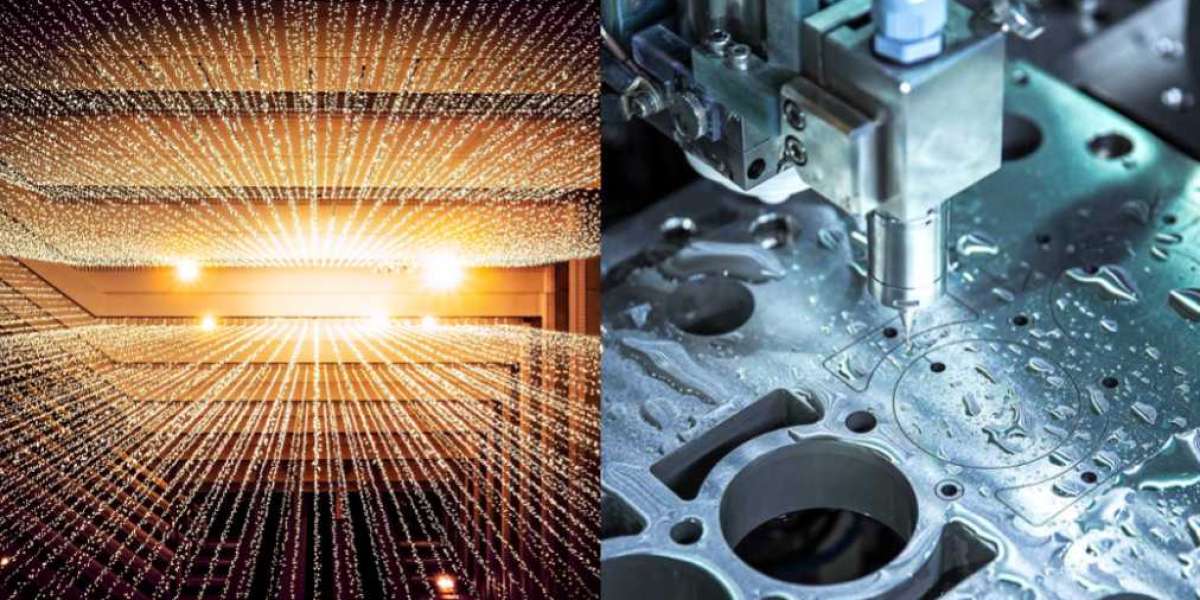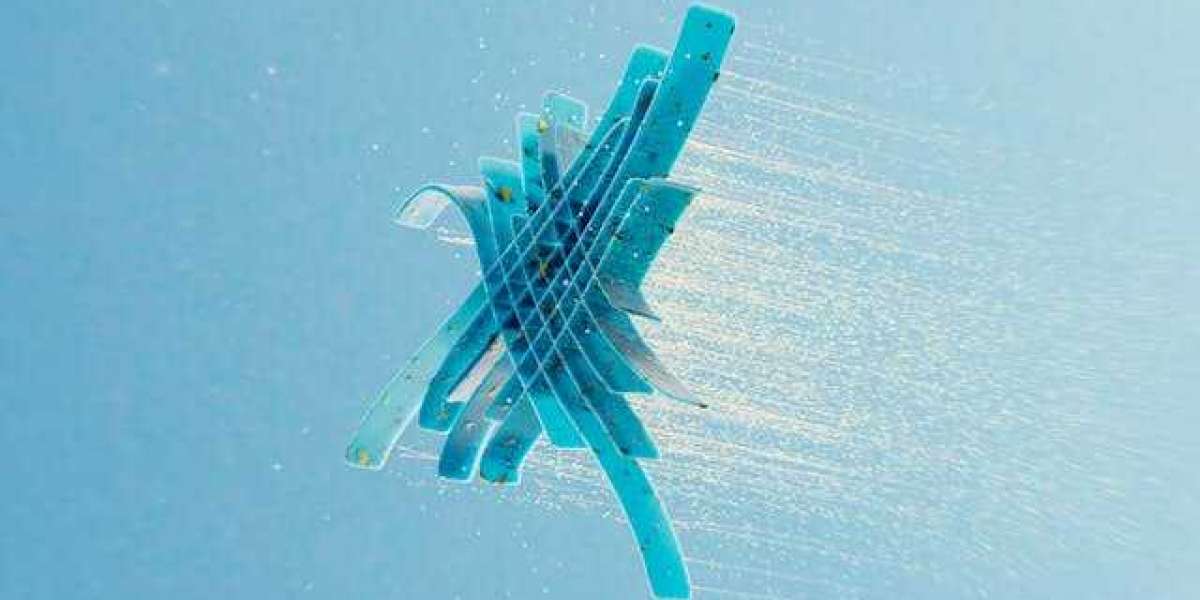CNC fixture systems play a crucial role in precision machining, ensuring stability, repeatability, and efficiency in manufacturing processes. Whether you're an industry professional or a machining enthusiast, understanding CNC fixture systems can help you maximize productivity and accuracy. This guide delves into their importance, types, and best practices for implementation.
What is a CNC Fixture System?
A CNC fixture system is a specialized tool that holds workpieces securely in place during machining. It ensures that the workpiece remains stable, allowing for precise cuts, drilling, and milling. These systems are designed to enhance machining accuracy, reduce setup times, and improve workflow efficiency.
Benefits of CNC Fixture Systems
Enhanced Precision Accuracy: Minimizes errors and ensures consistency in production.
Increased Productivity: Reduces setup and alignment time, allowing for faster machining cycles.
Improved Workpiece Stability: Prevents movement and vibration during machining, leading to better surface finishes.
Versatility: Adaptable for various machining operations, materials, and part geometries.
Cost Savings: Reduces material waste and minimizes manual intervention, leading to lower operational costs.
Types of CNC Fixture Systems
Modular Fixtures
Composed of interchangeable components that allow flexibility in setup.
Dedicated Fixtures
Custom-made for specific workpieces to ensure maximum precision and efficiency.
Hydraulic Pneumatic Fixtures
Utilize hydraulic or pneumatic pressure to secure workpieces automatically, reducing manual labor.
Magnetic Fixtures
Use powerful magnets to hold ferrous materials in place, eliminating the need for mechanical clamps.
Vacuum Fixtures
Ideal for non-metallic workpieces, using suction to secure materials like plastic or composite sheets.
Best Practices for Using CNC Fixture Systems
Choose the Right Fixture Type: Match the fixture to the material, complexity, and machining process.
Ensure Proper Alignment: Misalignment can lead to defects and wasted materials.
Use High-Quality Materials: Durable fixture components contribute to longer service life and better machining results.
Regular Maintenance: Keep fixtures clean and free of debris to maintain optimal performance.
Optimize Clamping Force: Over-tightening can deform the workpiece, while insufficient force may lead to movement.
Applications of CNC Fixture Systems
Aerospace Industry: Precision machining of turbine blades, engine components, and structural parts.
Automotive Industry: Manufacturing of transmission parts, engine blocks, and chassis components.
Medical Industry: High-accuracy machining of surgical instruments, implants, and prosthetics.
Electronics Industry: Creating intricate circuit board housings and heat sinks.
General Manufacturing: Mass production of customized metal and plastic parts.
Conclusion
CNC fixture systems are vital for achieving high-precision, efficient machining operations. By selecting the right fixture system, following best practices, and ensuring regular maintenance, manufacturers can significantly improve productivity and product quality.
For more insights, visit CNC Fixture Systems and explore the latest advancements in CNC machining technology.


![Data Governance Market Size, Share & Trends [2032]](https://hallelujah.ai/upload/photos/2024/04/ClvBy5MZ4kG4eOVuAGDV_30_bdca36174fc45dbc986ac10ae6ea2e4b_image.jpg)
